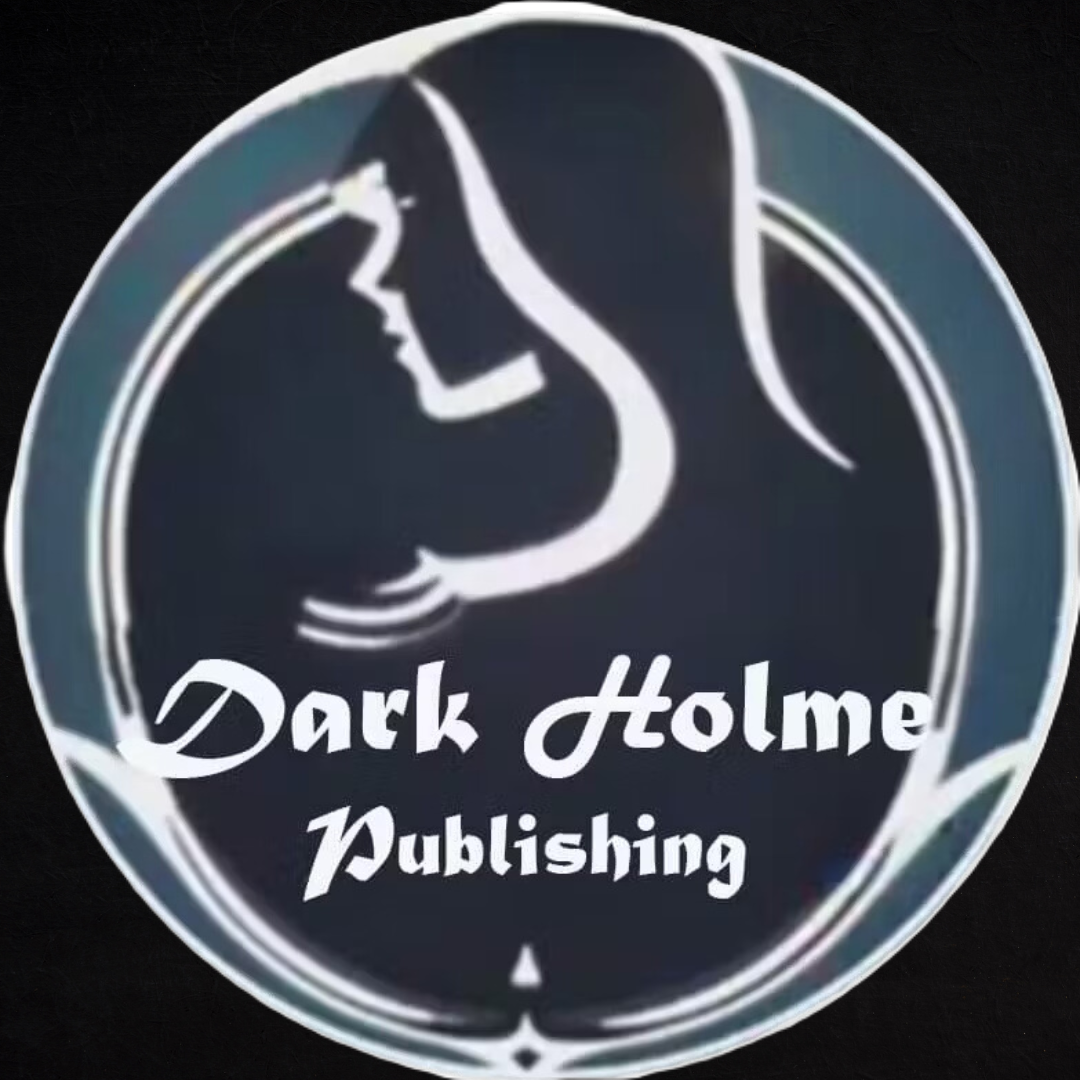Welcome, creators of the eerie and the macabre! 👻 Creepy Critiques is your space to share your works-in-progress, unleash your dark ideas, and receive constructive feedback from a community that thrives on horror and suspense. Whether it’s a short story, novel excerpt, poem, or even a piece of haunting artwork, this is where your nightmares take shape.
How It Works
💀 Share Your Work:
Post a section of your writing or a description of your concept. Keep it focused—about 500-1,000 words or a clear synopsis works best for feedback.
Not ready to share your work directly? Pose a question instead: “Does this villain’s motive feel compelling?” or “How can I make this monster scarier?”
🕸️ Give and Receive Feedback:
Feedback is a two-way street. While waiting for critiques, take a moment to share your thoughts on others’ work. Focus on what’s effective and where improvements could enhance the piece.
🖤 Focus on the Spooky Details:
Does your atmosphere chill the reader?
Are your characters compelling, relatable, or terrifying?
Is the tension palpable? Are your scares effective?
Interactive Critique Tips
Here’s how to make your feedback and revisions meaningful:
1. Building a Haunting Atmosphere
Look for sensory details: Are the sounds, sights, and smells described in a way that draws you in?
Critique Example:
"I loved the description of the abandoned house, but adding subtle sound effects, like floorboards creaking or the faint rustle of leaves, could heighten the tension."
2. Evaluating Characters and Dialogues
Are the characters’ motivations clear and relatable? Does their dialogue feel natural while adding tension?
Critique Example:
"The villain’s backstory is compelling, but their dialogue feels too formal. Perhaps adding more personal or menacing touches could make them feel more real."
3. Analyzing the Scares and Pacing
Are the scares impactful? Do they build up to a satisfying release? How does the pacing feel—too rushed or too slow?
Critique Example:
"The jump scare worked well, but it felt a bit sudden. Building up the tension longer might make it even more terrifying."
4. Highlighting Strengths
Always point out what’s working well. A great metaphor, a chilling line, or a memorable moment can guide the writer to build on their strengths.
Feedback Example:
"Your description of the shadow creeping up the wall gave me chills—it’s so vivid! You could expand on that kind of imagery in other parts of the scene."
What to Share Next
Not sure where to start? Try sharing:
An opening scene that sets the tone for your story.
A description of your antagonist or monster—are they scary enough?
A critical moment of tension or fear—does it deliver the impact you want?
Remember, this is a supportive space. Whether you’re giving or receiving feedback, the goal is to help each other grow and create unforgettable horror.
Tags: #creepycritiques #horrorwritingfeedback #writinghorror #darkfiction #horrorstories #writingworkshop #critiquegroup



